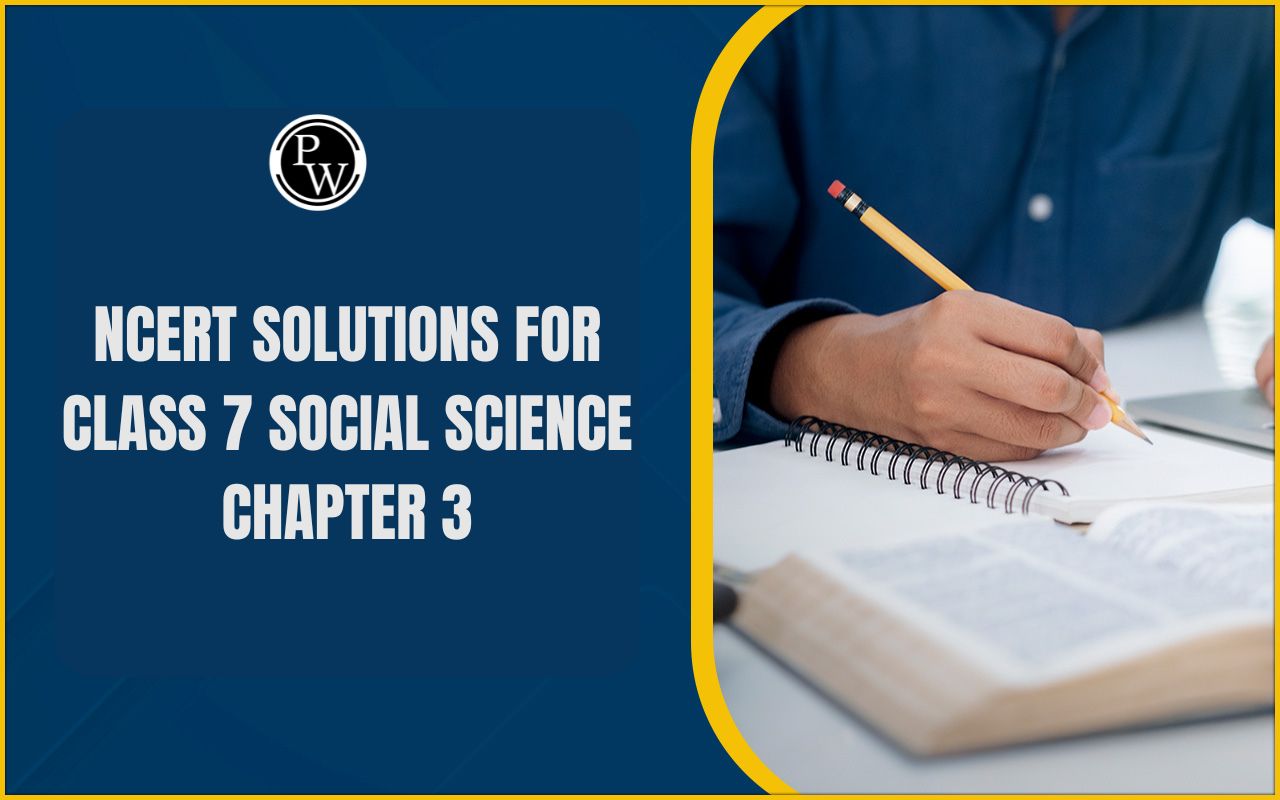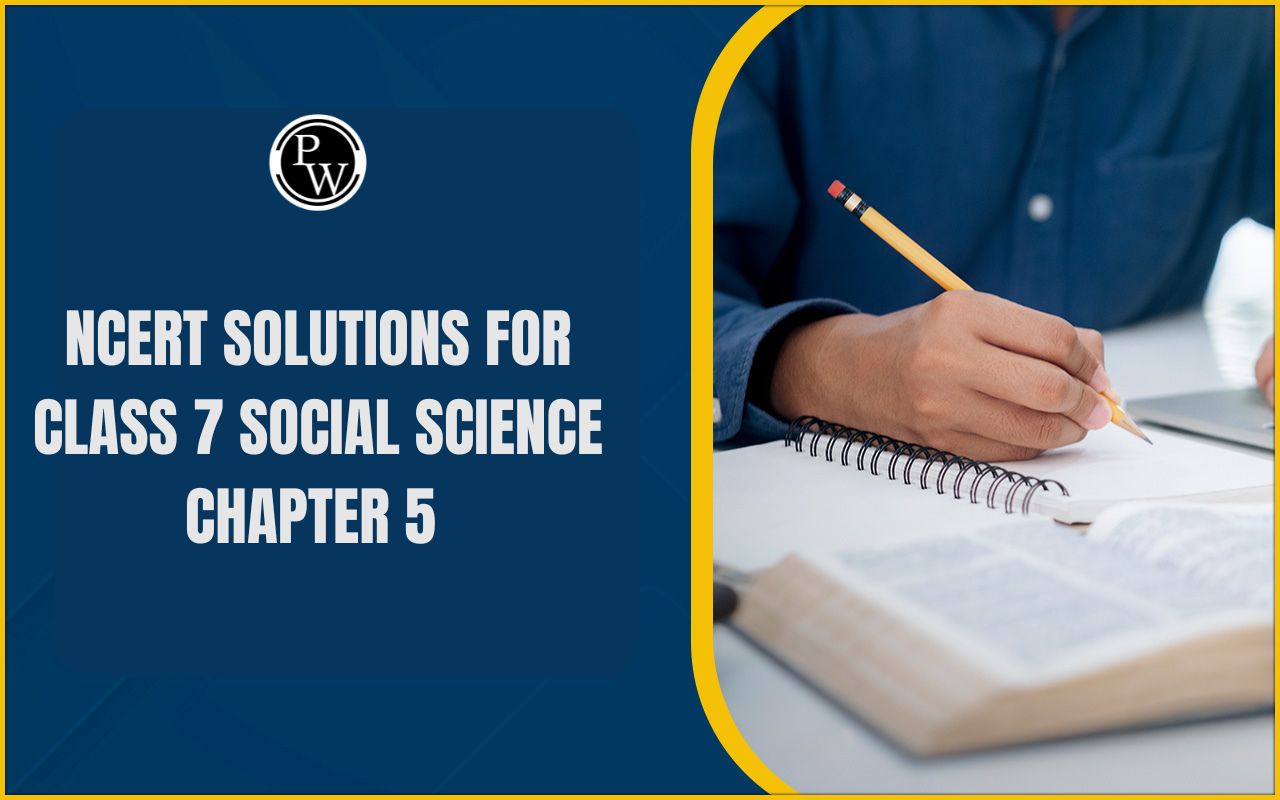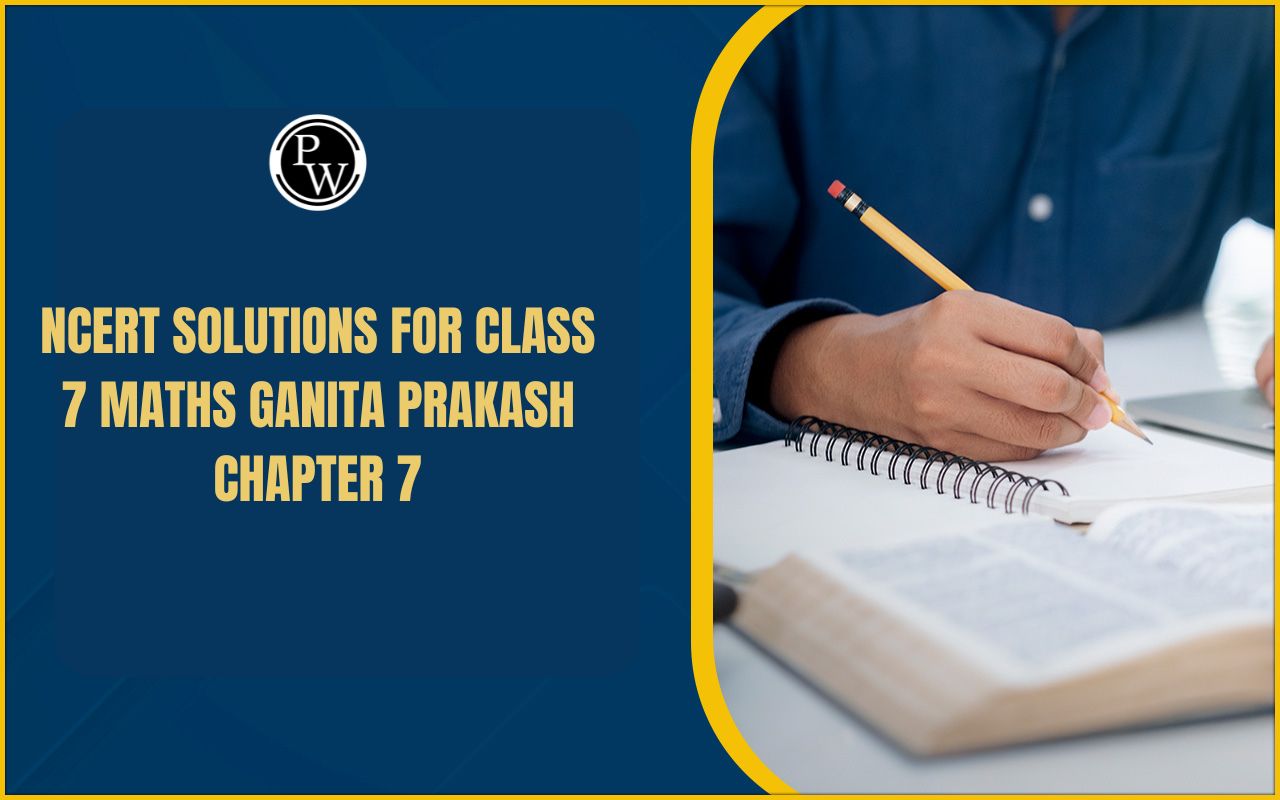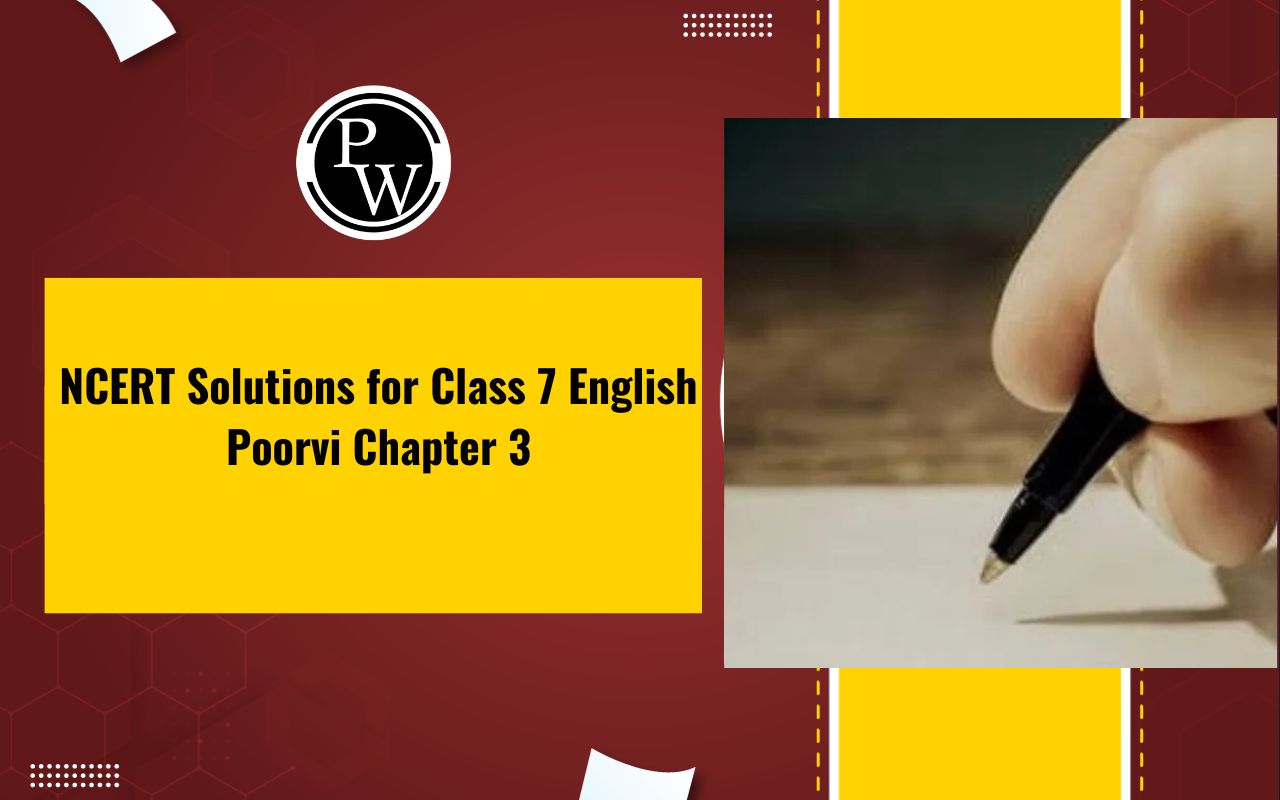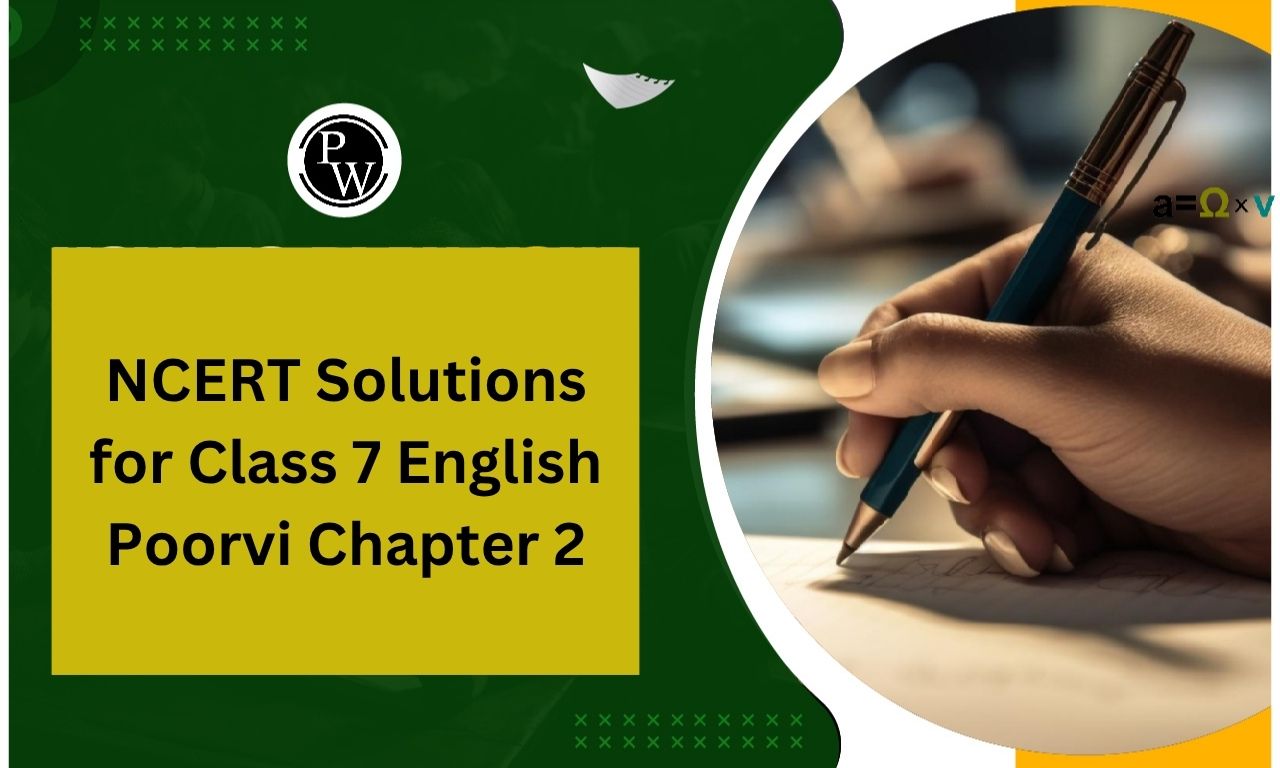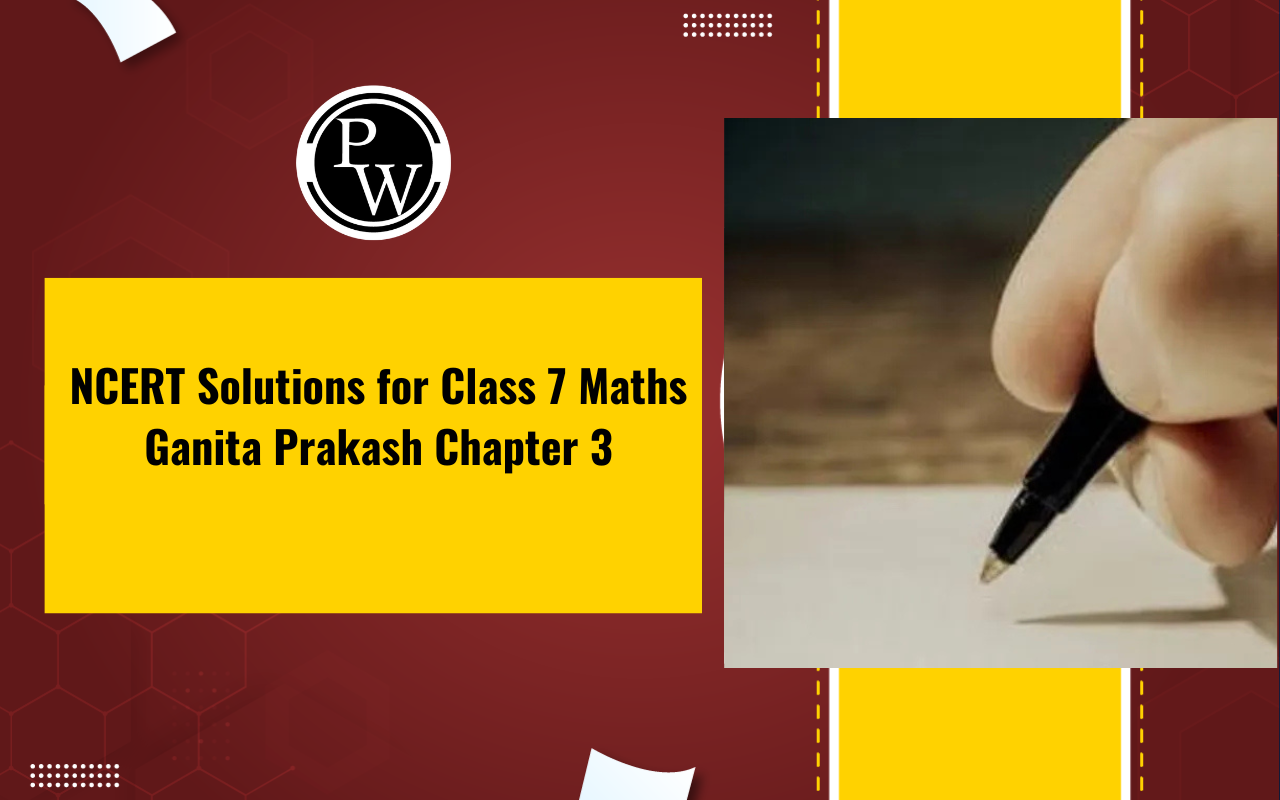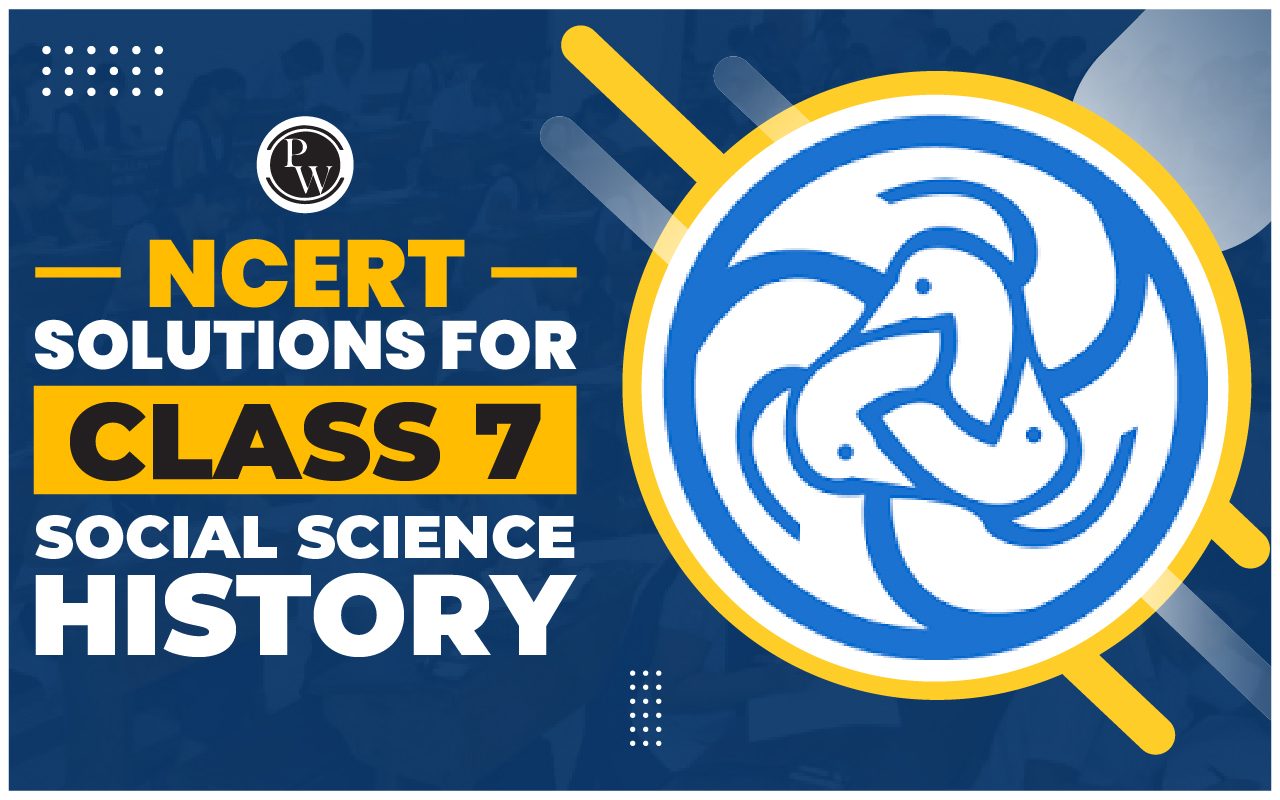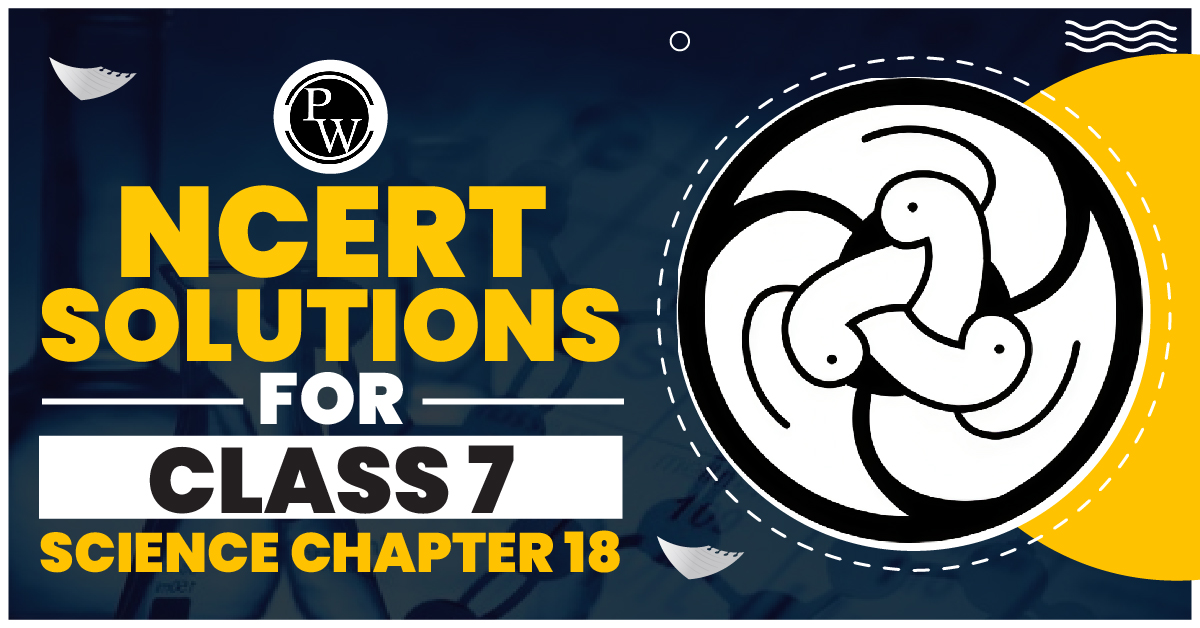
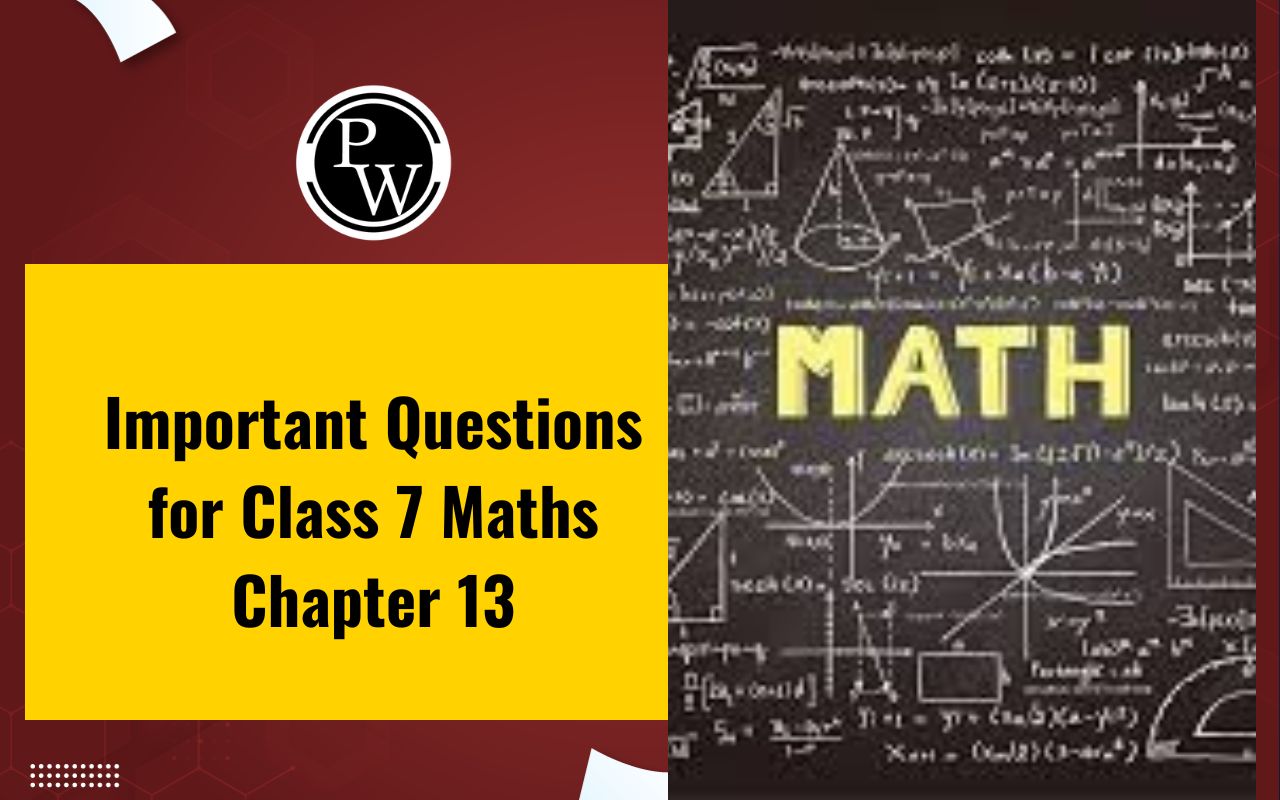
Important Questions for Class 7 Maths Chapter 13: Solving important questions from Chapter 13, Visualising Solid Shapes is beneficial for Class 7 students. These questions help students build a strong foundation in understanding three-dimensional geometry which is important for their overall mathematical development.
By tackling these questions, students not only enhance their spatial reasoning and problem-solving skills but also gain confidence in handling complex 3D problems. Preparing with these questions ensures better comprehension and prepares students for exams with a clear understanding of geometric shapes and their properties.Important Questions for Class 7 Maths Chapter 13 Overview
Visualising Solid Shapes refers to the ability to understand and interpret three-dimensional (3D) objects from different perspectives. In mathematics, this skill involves imagining and manipulating solid figures such as cubes, cuboids, cones, cylinders, spheres, and pyramids within our minds. It requires understanding the spatial relationships between faces, edges, and vertices of these shapes. This concept is fundamental in geometry as it helps students visualize how shapes fit together in space, which is crucial for solving problems involving volume, surface area, and spatial reasoning. By practicing with nets (2D representations that can be folded to form 3D shapes), viewing shapes from different angles, and interpreting various perspectives of a solid, students develop a deeper understanding of the properties and attributes of solid figures. Visualising Solid Shapes not only enhances mathematical thinking but also aids in real-world applications such as architecture, engineering, and design. It encourages students to think critically about space, shapes, and their interrelationships, making it a valuable skill in both academic and everyday contexts.Important Questions for Class 7 Maths Chapter 13 PDF
Solving important questions from Chapter 13 Visualising Solid Shapes is important for Class 7 students as it helps them develop a strong foundation in spatial reasoning and understanding three-dimensional geometry. The provided PDF link contains a list of collection of important questions along with their solutions providing a valuable practice material for reinforcing learning and preparing effectively for exams. You can access the PDF link below for easy access to these important questions.Important Questions for Class 7 Maths Chapter 13 PDF
Important Questions for Class 7 Maths Chapter 13 Visualising Solid Shapes
Here are some important questions from Class 7 Maths Chapter 13 Visualising Solid Shapes along with their solutions: Question 1. If three cubes of dimensions 2 cm × 2 cm × 2 cm are placed end to end, what would be the dimension of the resulting cuboid? Solution:- Length of the resulting cuboid = 2 cm + 2 cm + 2 cm = 6 cm
- Breadth = 2 cm
- Height = 2 cm
- Hence, the required dimensions = 6 cm × 2 cm × 2 cm.
- Edges = 8
- Vertices = 5
- Faces = 5
- Sphere
- Cone
- Cylinder
- Sphere
- Sphere: Football, Earth, Round table
- Cone: Conical funnel, ice cream cone, conical cracker
- Plane figure is also called _______________
- A solid shape that has only a curved surface is called a ________________
- A pyramid is a solid whose base is a flat _______________ figure and whose side faces are triangles having a common vertex outside the surface of the ______________
- A triangular pyramid in which all faces are equal is called ________________
- A ______________ of a solid figure demonstrates how it is constructed by showing its sides, faces, and vertices.
- The term isometric refers to ________________
- The below figure is the net of _____________
- A triangular prism has __________ faces, __________ edges, and __________ vertices.
- 2D figure
- sphere
- polygon, base
- regular tetrahedron
- net
- proportion to length/equal measure
- triangular prism
- 5, 9, 6
Benefits of Solving Important Questions for Class 7 Maths Chapter 13
Solving important questions for Class 7 Maths Chapter 13 Visualising Solid Shapes provide several benefits to students: Understanding Concepts: These questions help in reinforcing the basic concepts related to solid shapes, such as their types, properties, and the relationships between their dimensions. By solving these questions, students gain a deeper understanding of the characteristics of different solid shapes like cubes, cones, pyramids, and prisms. Enhancing Problem-Solving Skills: These questions challenge students to think critically and solve problems involving visualizing three-dimensional shapes from two-dimensional nets or vice versa. This not only improves their logical reasoning but also sharpens their spatial awareness and geometric visualization skills. Preparation for Higher Studies: The topics covered in these questions form the foundation for more advanced studies in geometry. Regular practice prepares students for higher-level mathematics where concepts of solids and their properties are further explored. Boosts Confidence: Regular practice with these questions helps students build confidence in tackling geometric problems. The solutions provide step-by-step guidance, which reinforces learning and builds a positive attitude towards problem-solving. Time Management: By solving these questions, students learn to manage their time effectively during exams. They practice solving problems within a time limit, which is crucial for success in timed tests.Important Questions for Class 7 Maths Chapter 13 FAQs
What are Visualising Solid Shapes?
Visualising Solid Shapes refers to the ability to understand and visualize three-dimensional (3D) objects from two-dimensional (2D) representations, such as nets, cross-sections, and projections. It involves the study of shapes like cubes, prisms, pyramids, spheres, and cylinders, understanding their properties, and how they appear when viewed from different perspectives.
What is a cross-section of a solid shape?
A cross-section is the 2D shape you get when you slice through a solid shape. Depending on the angle of the slice, the cross-section can be a rectangle, circle, triangle, etc. It helps in visualizing the internal structure of the shape.
Why is it important to learn about different types of cross-sections?
Learning about different cross-sections allows students to better understand the internal structure of objects and helps in solving problems related to area, volume, and dimensions of solids.
🔥 Trending Blogs
Talk to a counsellorHave doubts? Our support team will be happy to assist you!

Free Learning Resources
PW Books
Notes (Class 10-12)
PW Study Materials
Notes (Class 6-9)
Ncert Solutions
Govt Exams
Class 6th to 12th Online Courses
Govt Job Exams Courses
UPSC Coaching
Defence Exam Coaching
Gate Exam Coaching
Other Exams
Know about Physics Wallah
Physics Wallah is an Indian edtech platform that provides accessible & comprehensive learning experiences to students from Class 6th to postgraduate level. We also provide extensive NCERT solutions, sample paper, NEET, JEE Mains, BITSAT previous year papers & more such resources to students. Physics Wallah also caters to over 3.5 million registered students and over 78 lakh+ Youtube subscribers with 4.8 rating on its app.
We Stand Out because
We provide students with intensive courses with India’s qualified & experienced faculties & mentors. PW strives to make the learning experience comprehensive and accessible for students of all sections of society. We believe in empowering every single student who couldn't dream of a good career in engineering and medical field earlier.
Our Key Focus Areas
Physics Wallah's main focus is to make the learning experience as economical as possible for all students. With our affordable courses like Lakshya, Udaan and Arjuna and many others, we have been able to provide a platform for lakhs of aspirants. From providing Chemistry, Maths, Physics formula to giving e-books of eminent authors like RD Sharma, RS Aggarwal and Lakhmir Singh, PW focuses on every single student's need for preparation.
What Makes Us Different
Physics Wallah strives to develop a comprehensive pedagogical structure for students, where they get a state-of-the-art learning experience with study material and resources. Apart from catering students preparing for JEE Mains and NEET, PW also provides study material for each state board like Uttar Pradesh, Bihar, and others
Copyright © 2025 Physicswallah Limited All rights reserved.




